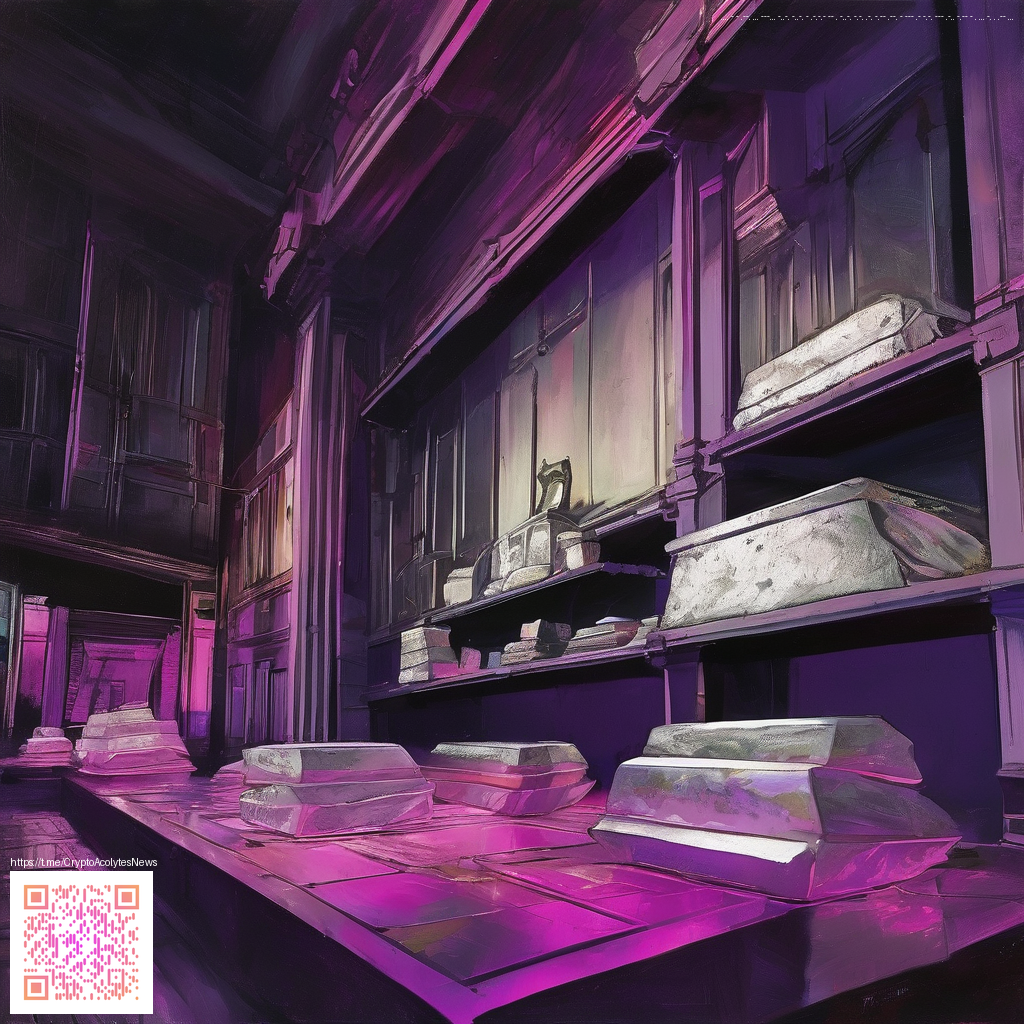Coin memes and in-game currencies: separating hype from utility
In the ever-shifting world of digital assets, two familiar terms often pop up in conversations: meme coins and game tokens. They both ride the momentum of online communities and fast-moving markets, but they serve very different purposes. If you’re navigating this space, it helps to distinguish ownership in a way that aligns with risk tolerance, use cases, and long-term goals.
What are meme coins?
Meme coins are cryptocurrencies that gain attention primarily through branding, community hype, and viral storytelling. They usually emerge quickly, sometimes with little to no technical roadmap beyond broad promises and meme-driven momentum. The people who buy meme coins often do so because they enjoy the social aspect, speculative potential, or the thrill of a trending topic. Because their value can be driven by speculation and sentiment, price volatility tends to be high, and liquidity can swing with social media sentiment as much as with any tangible utility.
While some meme coins build modest ecosystems around tipping, charitable campaigns, or basic DeFi experiments, the typical meme coin’s intrinsic use case is speculative or brand-driven rather than product-driven. This distinction matters for risk assessment: a meme coin can surge on a meme, then drop quickly if the narrative shifts or if attention moves elsewhere.
What are game tokens?
Game tokens, by contrast, function as currencies within a gaming ecosystem. They can be traditional in-game currencies (like gold or credits) or blockchain-based tokens that unlock real value across games and platforms. The key idea is utility: these tokens may buy items, unlock levels, grant access to exclusive features, or empower players to participate in governance decisions within a game’s economy. In many cases, game tokens are earned through play, achievements, or staking, which ties their demand to the health and popularity of the game itself.
Because game tokens are tied to a concrete in-game experience or ecosystem, their demand tends to reflect the game’s lifecycle, player engagement, and the developers’ ability to maintain a compelling economy. This often translates to a more predictable, though still volatile, cycle compared with pure meme-driven assets. Some blockchain-based games aim to provide cross-game interoperability, which adds complexity but can expand the token’s practical value beyond a single title.
Key differences at a glance
- Origin and branding: meme coins rely on viral appeal and social sentiment; game tokens emerge from specific games with defined mechanics.
- Utility and use cases: meme coins center on speculation or community-driven goals; game tokens offer in-game purchases, access, and governance.
- Economic design: meme coins may have varied or unclear monetary policies; game tokens usually come with a designed economy linked to game content and progression.
- Risk and volatility: meme coins often exhibit higher volatility; game tokens can be volatile as well, but price moves frequently align with game engagement and development milestones.
- Liquidity and access: meme coins may list on a wide array of exchanges; game tokens depend on the game’s ecosystem and compatible marketplaces.
- Governance and transparency: meme coins range from community-led to developer-influenced; game tokens frequently tie governance to game-specific decisions or developer policies.
“The line between hype-driven momentum and genuine utility is the critical axis to watch when evaluating any crypto asset.”
— Market analyst, digital asset research
For researchers and enthusiasts alike, it helps to keep a few practical considerations in mind. If you’re studying meme coins, track social sentiment, exchange listings, and any identifiable roadmap shifts. For game tokens, examine the game’s ongoing development, player retention metrics, and how the token’s economics influence gameplay balance and progression.
When you’re exploring these ideas at a desk or during a live stream, a small accessory can make a big difference. For example, a sturdyPhone Grip Click-On Universal Kickstand can keep your device steady while you take notes or share insights with others. You can find it here: Phone Grip Click-On Universal Kickstand.
As you compare meme-driven assets with game-specific currencies, focus on how each asset aligns with your goals. Are you seeking high-risk, high-reward opportunities fueled by community enthusiasm, or do you prefer assets tied to a defined gaming ecosystem with tangible in-game benefits and potential cross-platform value?
In practice, diversify thoughtfully. Meme coins may offer quick exposure to trending markets, while game tokens can provide a pathway into interactive experiences and communities. The best approach combines disciplined research, clear intent, and an understanding of how each asset’s economic design supports its role in the broader digital economy.
